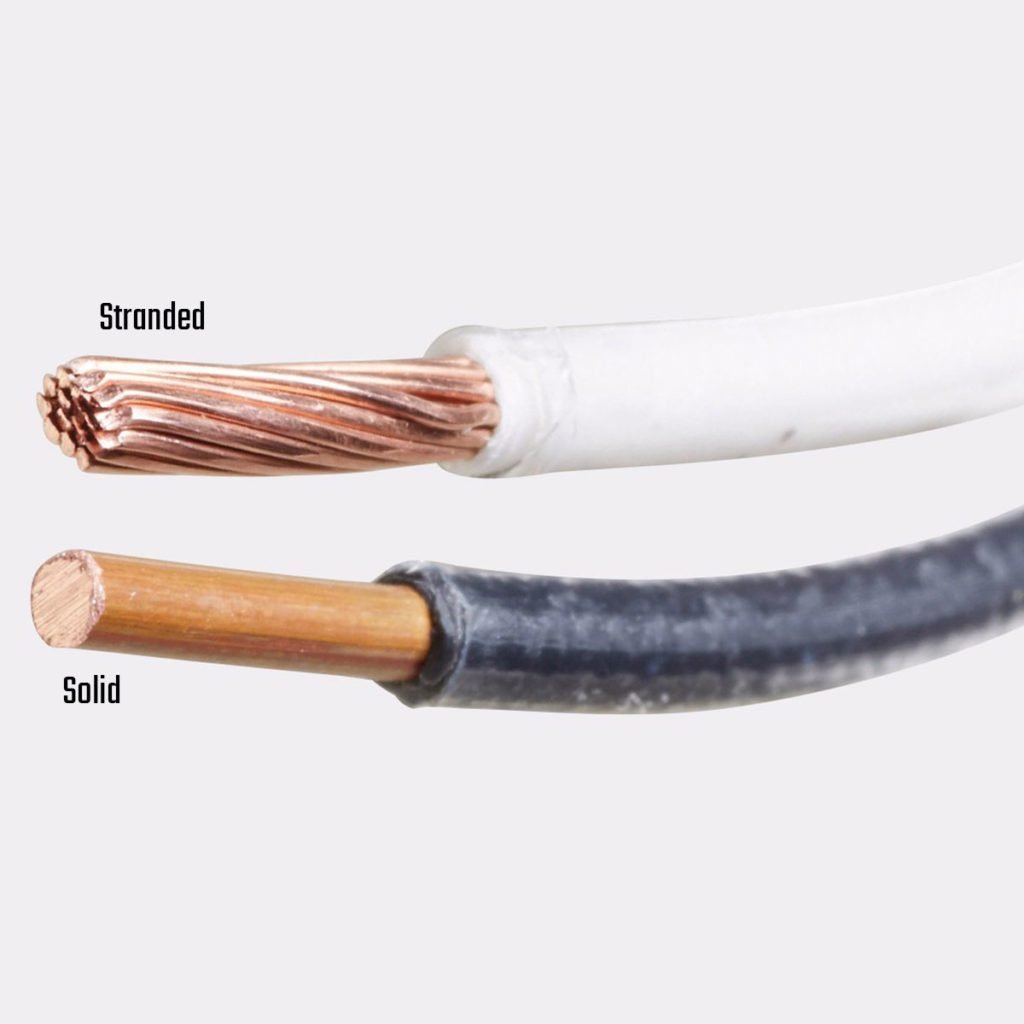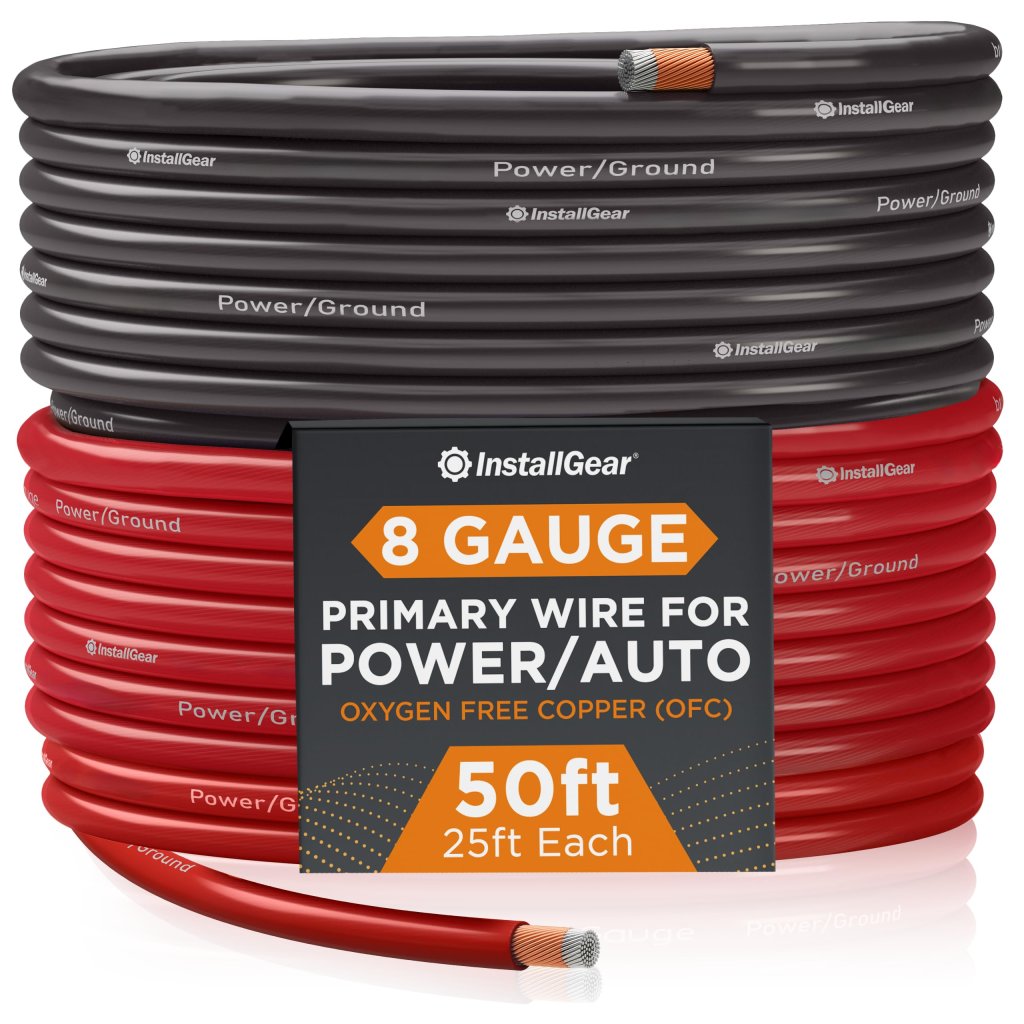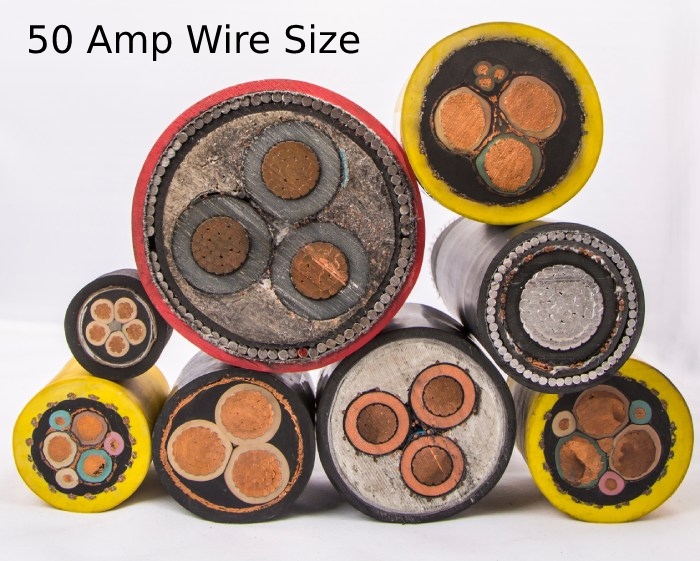Circuit breakers are devices that are manufactured to protect any electrical circuit from certain damage that can be caused by the flow of excess current from a short circuit or an overload. The most common circuit breaker is the 50 amp breaker wiring diagram, which is mostly used for appliances of high demand in the residential, industrial, and commercial forefront.
50-amp circuit breakers are found to be useful for running high-demand appliances. This includes ovens, air conditioners, hot tubs, generators, electric vehicles, power outlets, electric dryers, etc. The most common copper wires that are used in 50 amp circuit breakers are 6 AWG and 4 AWG wires in aluminum. They are recommended for cables that usually run for 100 feet or less.
Choosing the Proper AMP
6 AWG aluminum wire and 8 AWG copper wire are not recommended. However, they do have a 50 AMP to 60 AMP ampacity rating as, according to the NEC, the maximum loading capacity of electrical circuits should be in the frame of less than 80%. It is better to be cautious and prevent frying of the circuit. Hence, it is important to have an extra 20% ampacity over the 50A ampacity.
To follow the correct method to measure the accurate ampacity, the understated rule is followed:
Wire ampacity required for 50 Amps = 50A/0.8 = 62.5A
The most commonly used amperage for which we need a gauge, wire, or breaker is 50 AMP. Therefore, it is crucial to choose the proper conductor when manufacturing a new circuit or conducting a rewiring. These are a few standards to be followed to decide on the perfect, suitable, and safe wire size.
10 Gauge Wire Handling a 50 Amp Breaker


Copper and aluminum both have different properties. For copper, it is good in terms of tensile strength and thermal conductivity. Aluminum wires have low thermal conductivity and are also lighter, along with being cheaper. A copper wire carries a current load that is different from that of an insulated copper wire of the same gauge. A 10 gauge bare copper wire can supply a 50 amp load, but the cable’s resistance will give rise to overheating.
This is the issue with insulated wires due to the amount of heat that is produced by the current. The heat causes the insulation to melt, which can cause short circuits, which invites the risk of fire and shock. Insulated 10 gauge wire has a current rating of a maximum of 30 amps when used at 60-degree C temperature.
To determine the wire gauge, you can pay attention to the resistance of the wire. The wire has a greater resistance if it is longer, and accordingly, the higher the resistance, the higher the voltage drop. Therefore, a higher gauge wire is recommended. It is also to be kept in mind that longer wire results in fire hazards. To aid in this, fuses and circuits are to the rescue.
In most situations, the maximum temperature of a wire must be less than 62.5 degrees Fahrenheit. Hence, it’s important to purchase the correct wire for 50 amps.
8 Gauge Wire’s Performance for 50 Amp

Temperature is the factor that alters the conductivity of a copper conductor. The more increase in temperature, the more amount of current the wire can withstand. An 8 gauge wire can tolerate a current of 50 amps at around 90 degree Celsius.
But this factor is not recommended under usual conditions. At this temperature, the insulation surrounding the conductive core would be compromised as it would melt. Due to this, the AWG functions at 60 degrees Celsius. The 8 gauge at a similar temperature can handle about 40 amps.
Final Thoughts
So, if you do have a wire of 10 AWG in your home, you’ll require a circuit breaker of a corresponding size. But it is also crucial to know a thing or two about breakers to choose the correct one. The American Wire Gauge is the standardized system to measure wire. 10 AWG wire is mostly used for short runs, which are usually less than 100 feet in length.
It can handle up to 30 amps, but in case if you need to use more power, you can switch to a bigger conductor. But larger wires tend to be more expensive and can be harder to operate.
Frequently Asked Questions
What Wire Size is Needed for 50 Amps?
You’ll ideally need a wire gauge of 6 for a maximum of 50 amps. 50 amp breakers are mostly used to operate different heavy-duty appliances. A 6-awg will only handle up to 30 amps. A kitchen oven alone takes up 50 amps.
How Many Amps Can Be Handled by a 10 Gauge Wire?
10 gauge wire is ideally good for 30 amps. Especially if you’re trying to wire an outdoor outlet, you must use a 10 gauge wire with a 30 amp breaker. This wire is thicker than the 12 gauge one as it can tolerate a higher voltage without the hazard of overload or overheating.
What is 10 Gauge Wire Used For?
10 gauge wires are used for 240-volt window air conditioners and other devices supporting 30 amps. 6 gauge are mostly used for cook tops that carry 40-50 amps. 4 gauge are used for large heaters that range up to 60 amps.

